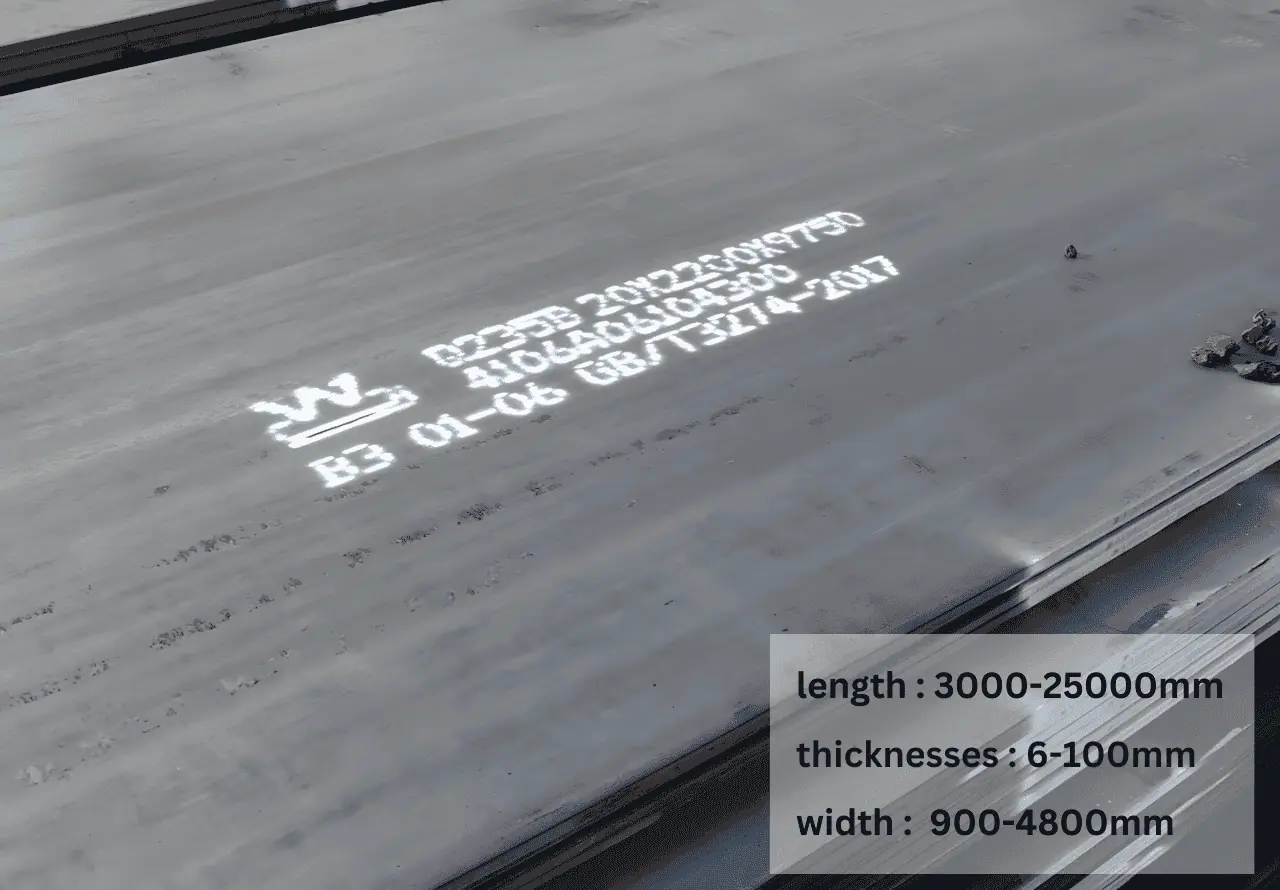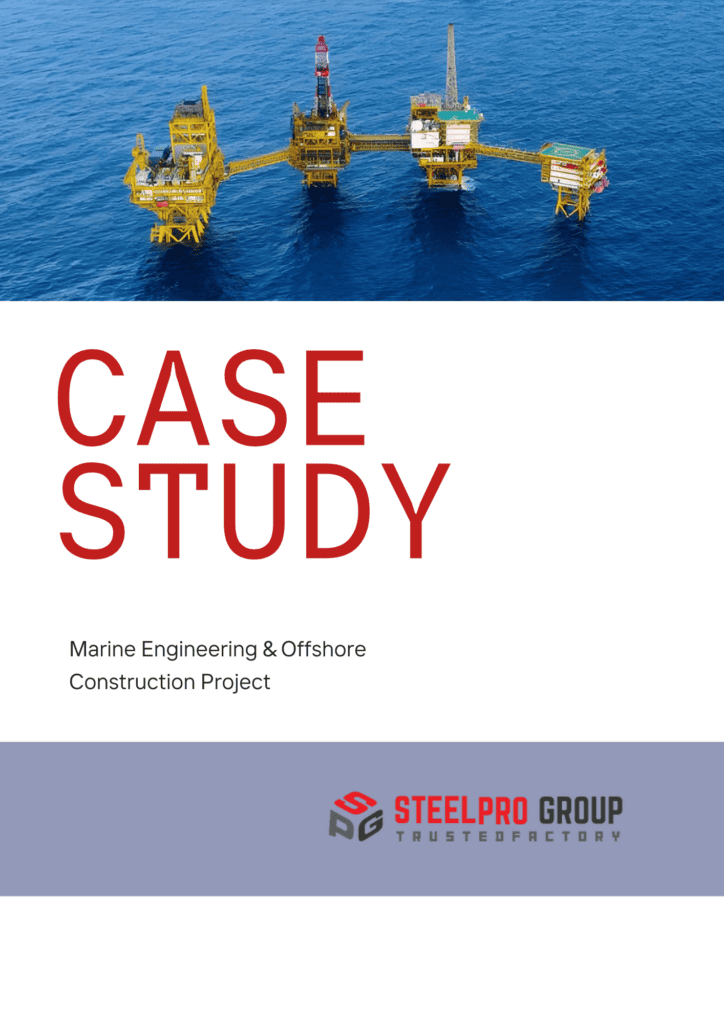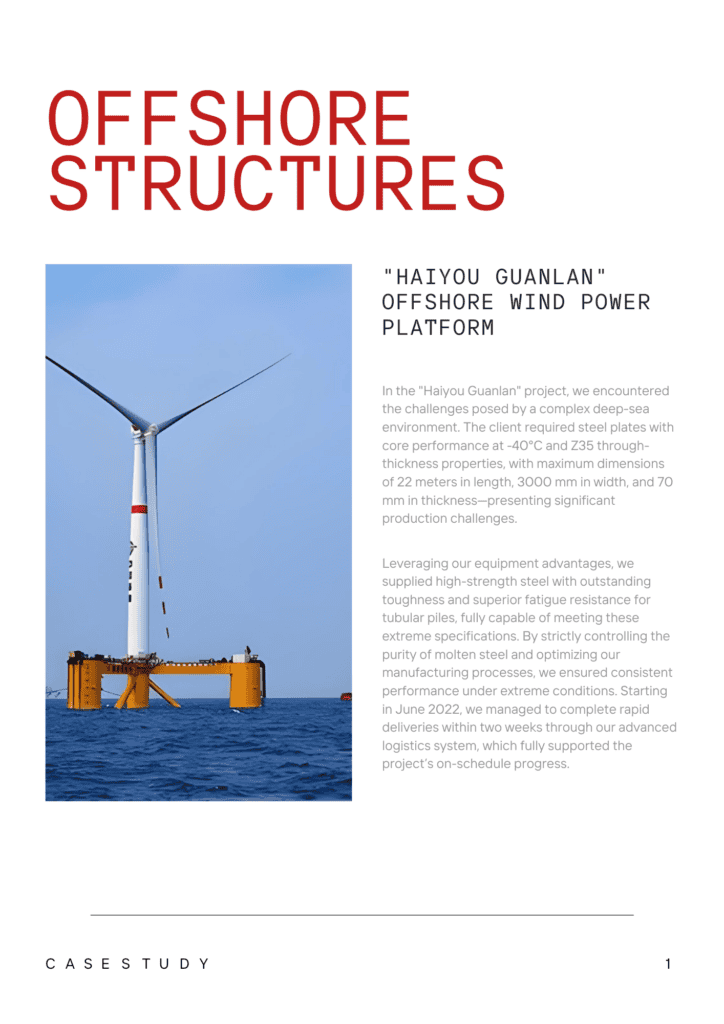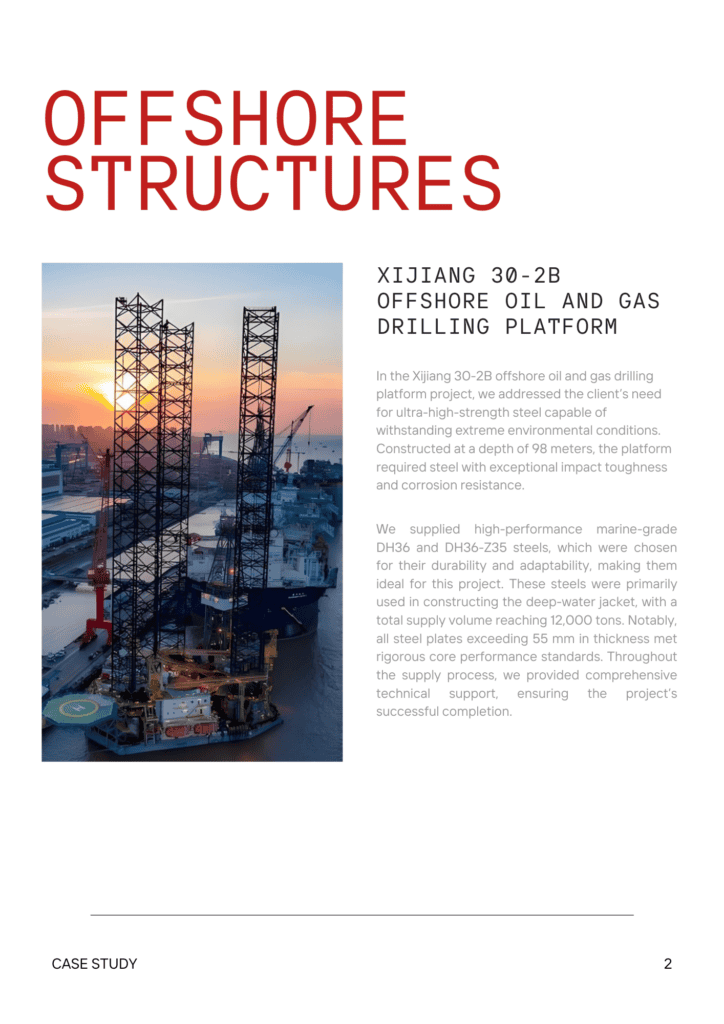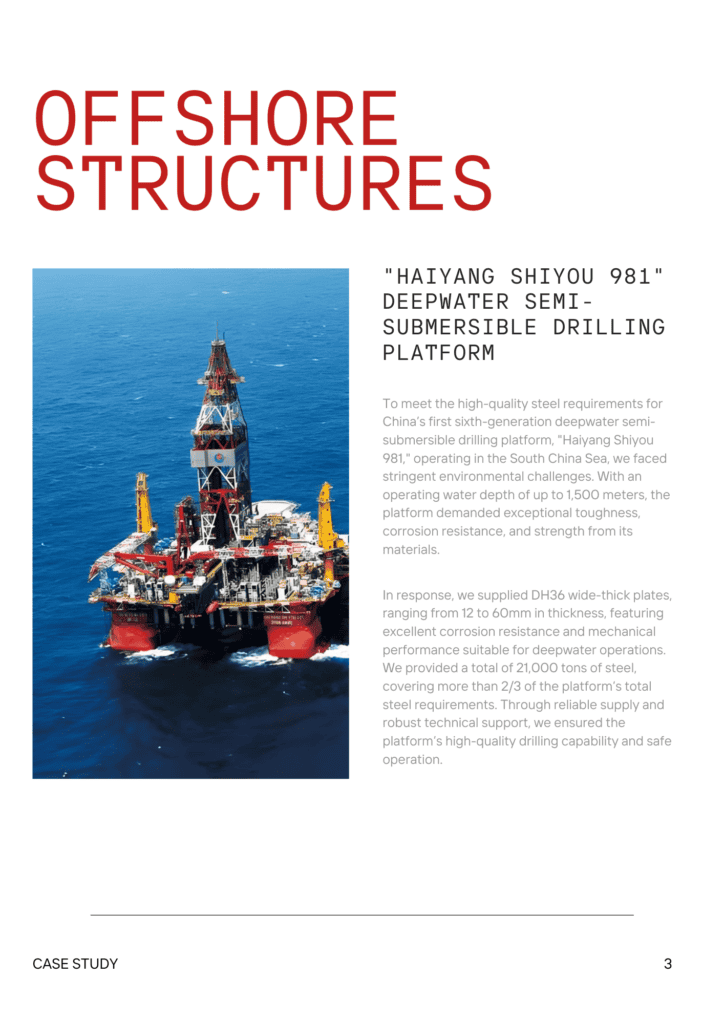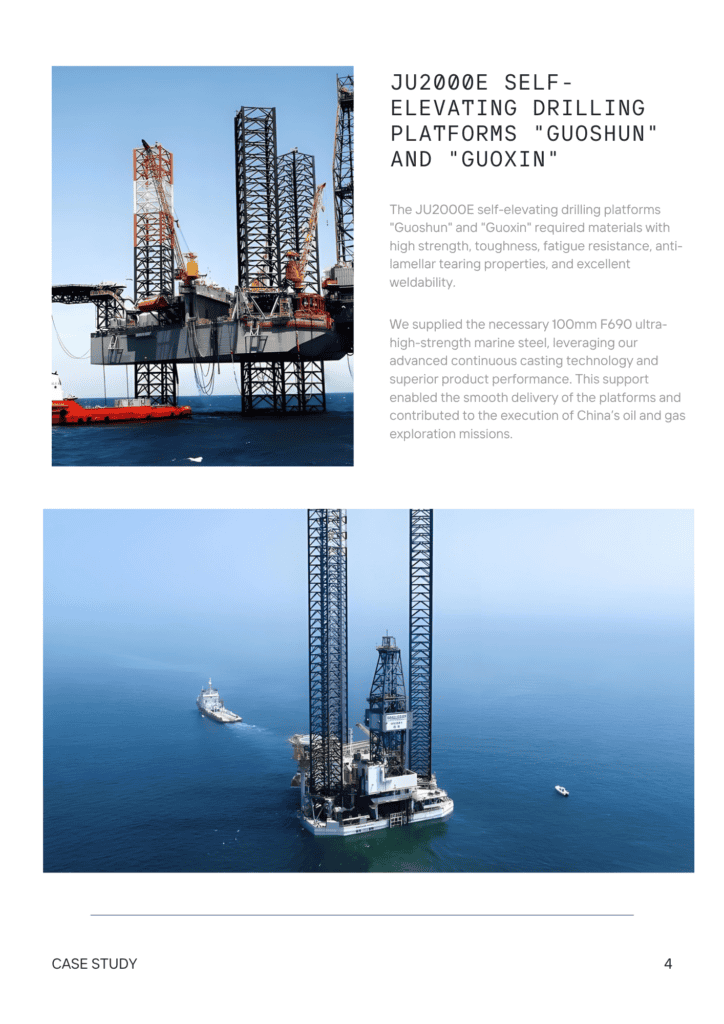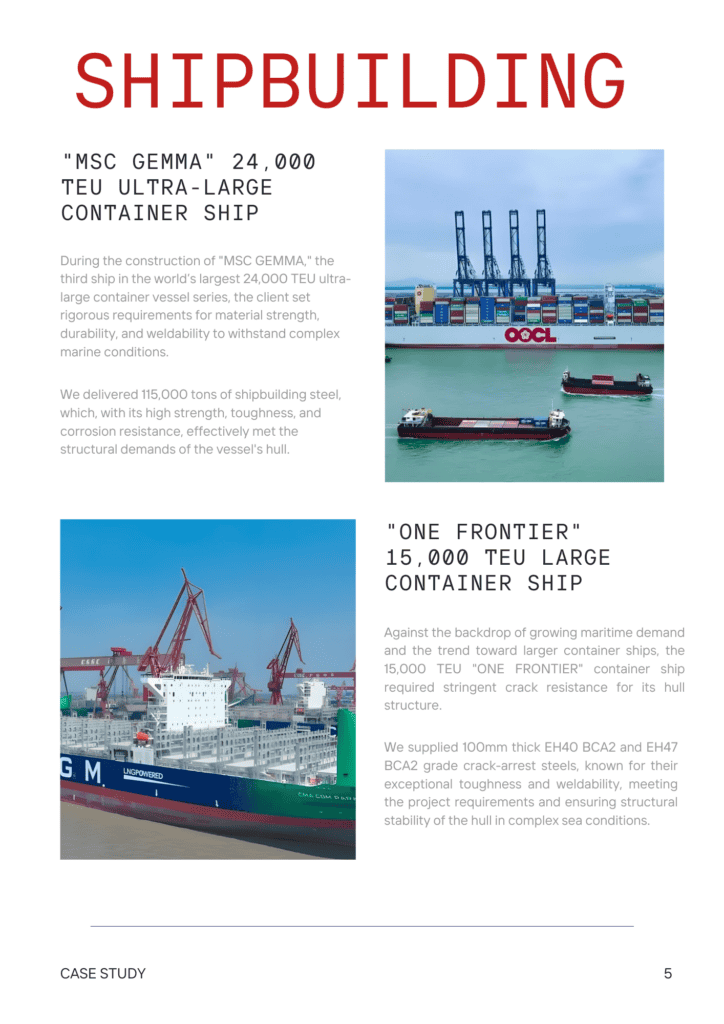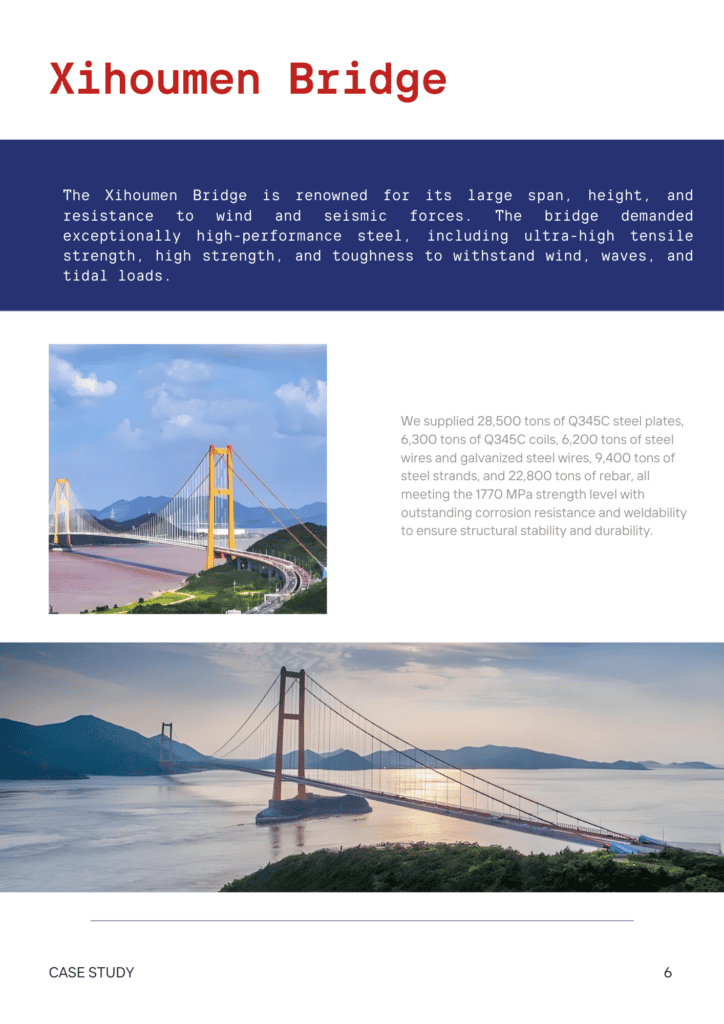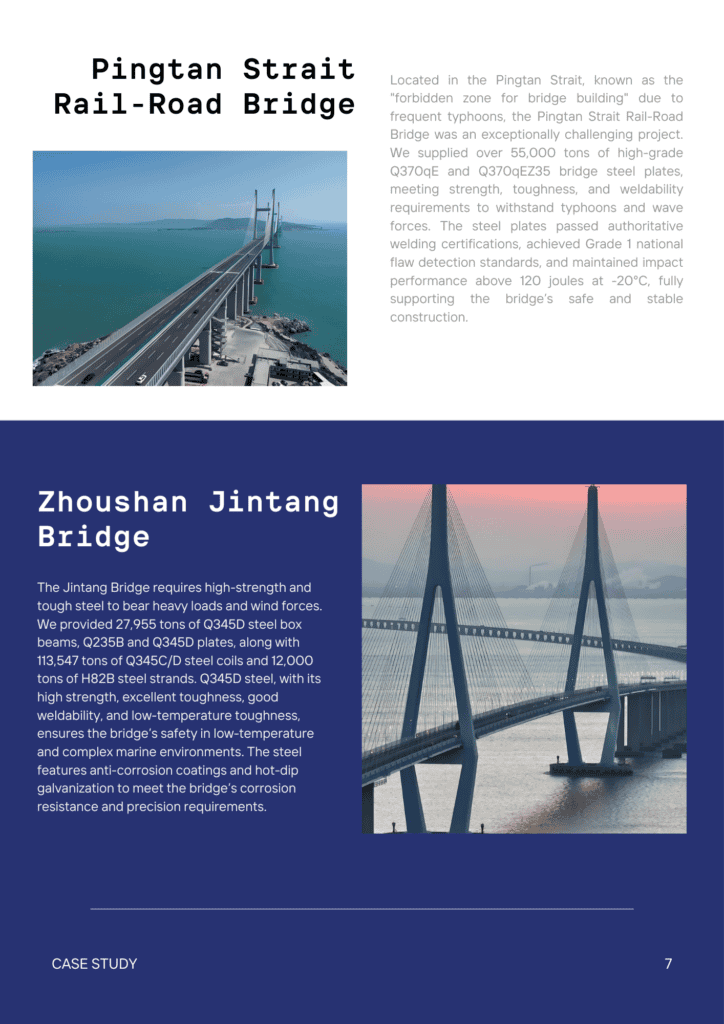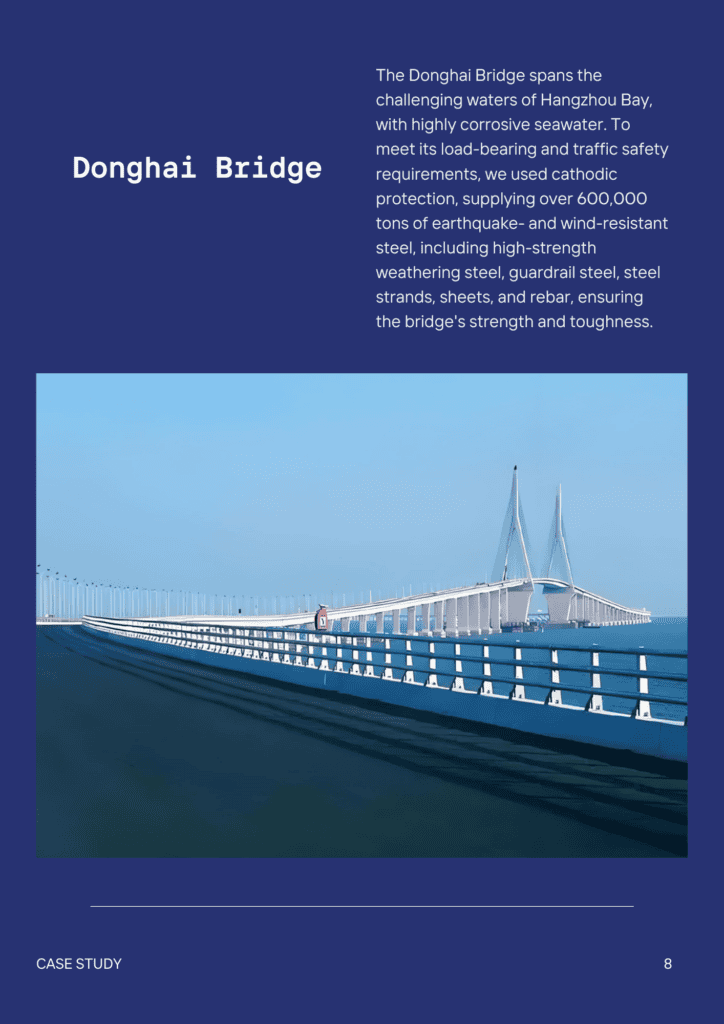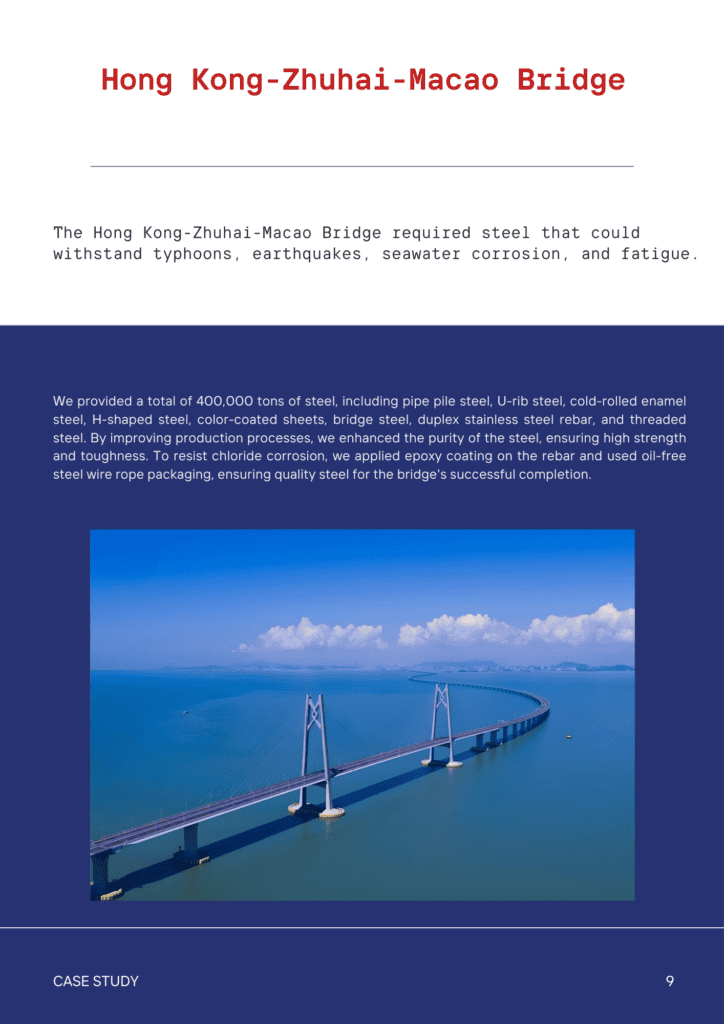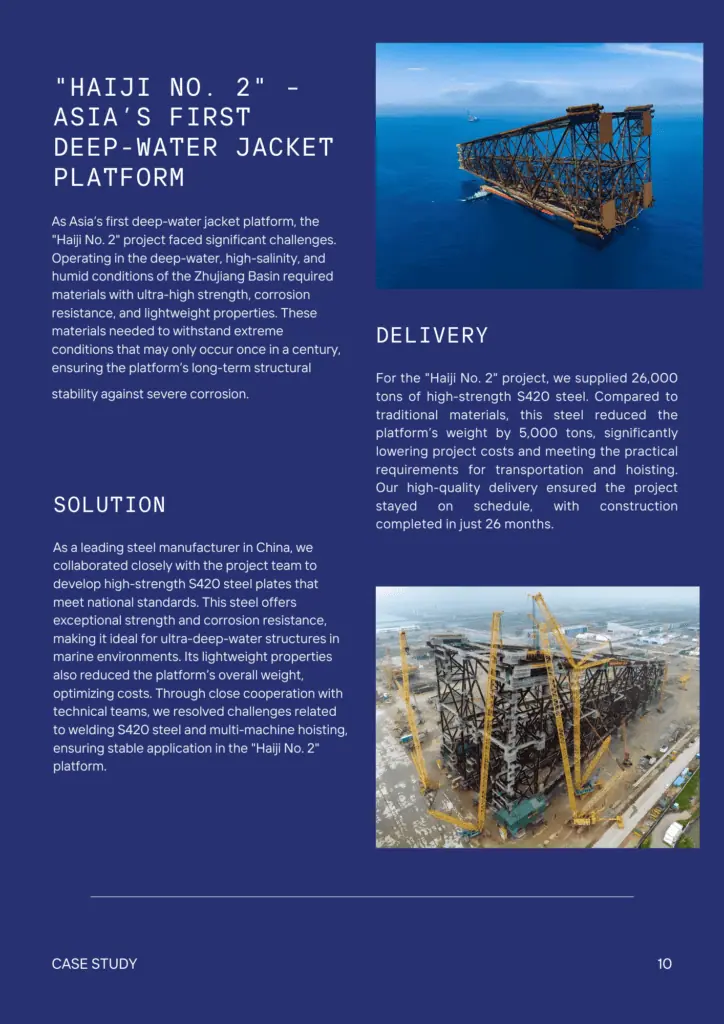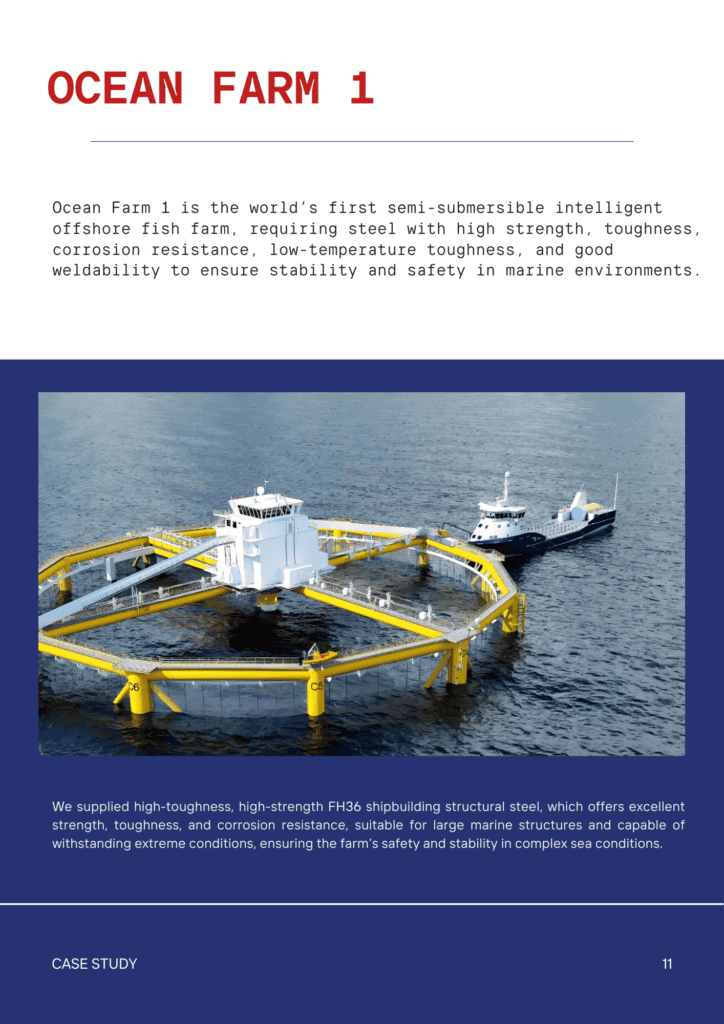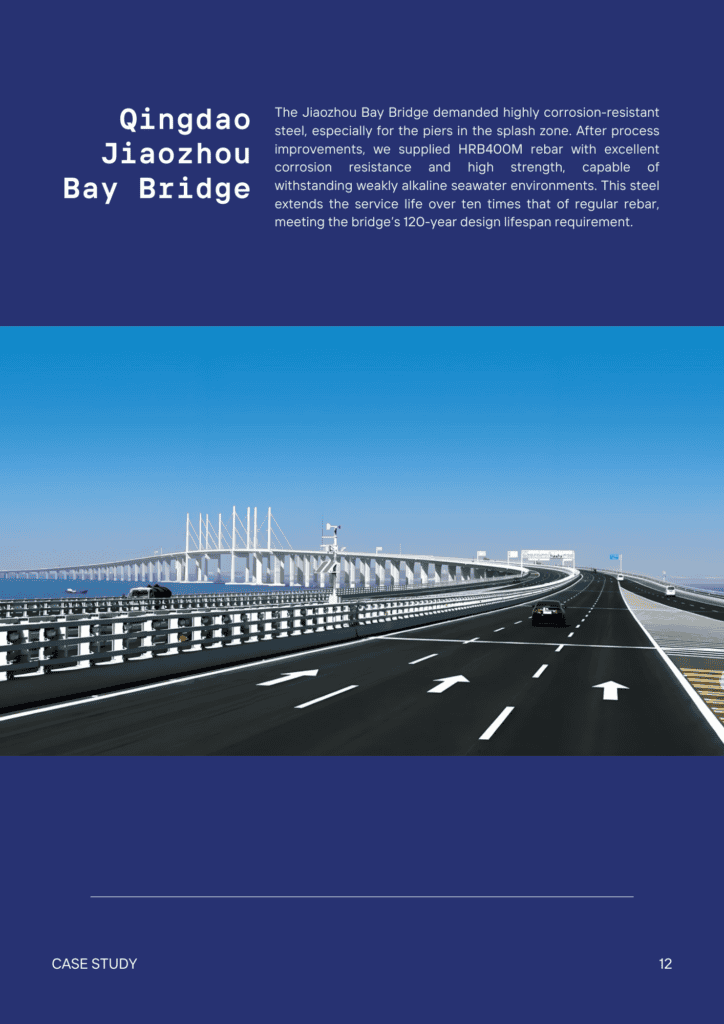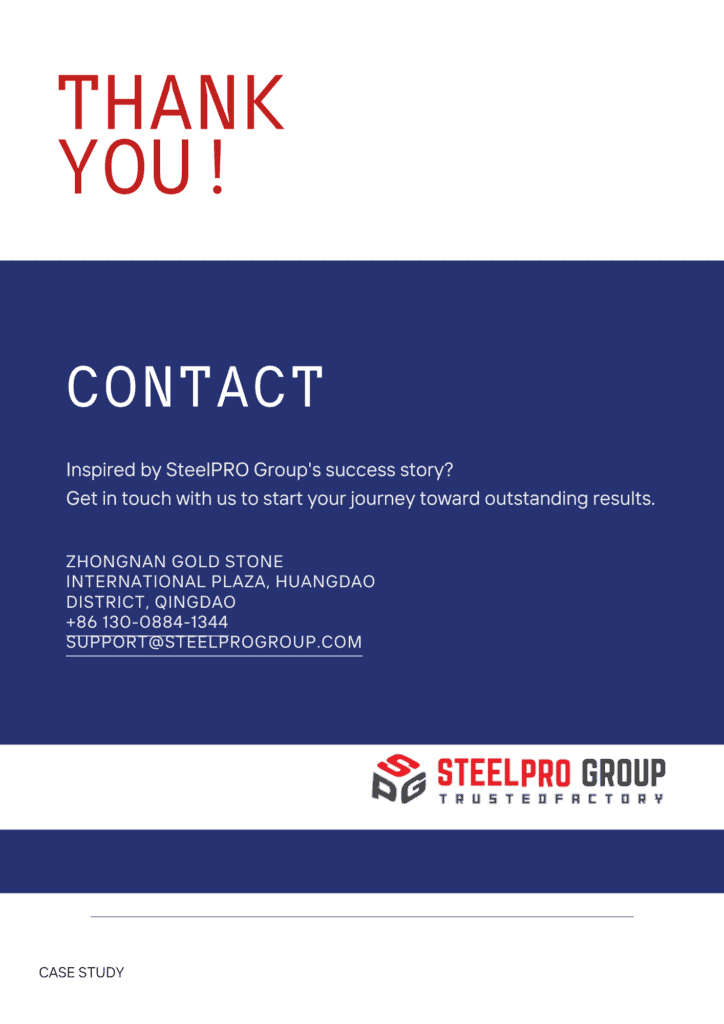FH40 | High-Strength Shipbuilding Steel
FH40 | High-Strength Shipbuilding Steel
SteelPRO Group provides FH40 high-strength shipbuilding steel plates in stock.
Class Cert.: ABS/BV/CCS/DNV/KR/LR/NK/RINA/RS/PRS
Material: Low Alloy Steel
Thickness: 6mm-100mm, or customized
Width: 900mm-4800mm, or customized
Length: 3000mm-25000mm, or customized
Condition of Delivery: A/HR/N/CR/Q+T/TMCP, or as request
Stock: In stock
Origin: Hebei/Henan/Jiangsu, China
Port: Qingdao
Looking for other Grade 40 high-strength steel?
Click here for AH40/DH40/EH40.
Description
What Is FH40?
FH40 steel is a high-strength structural steel designed for shipbuilding and offshore engineering. Its key components—carbon, silicon, manganese, nickel, and chromium—provide excellent strength, toughness, corrosion resistance, and weldability. FH40 performs reliably in harsh marine conditions, handling heavy loads and low-temperature (down to -60℃) impacts. Common applications include offshore platforms, wind turbines, marine vessels, subsea pipelines, and other ocean engineering structures. Its durability and performance make it a critical material for ensuring safety and longevity in maritime projects.
Characteristics of FH40
- High strength for heavy loads and structural support
- Excellent toughness in low temperatures
- Strong resistance to corrosion in marine environments
- Good weldability for easy fabrication
- Reliable performance in harsh offshore conditions
Chemical Compositions
| Element | Max % |
|---|---|
| Carbon, C | 0.16 |
| Manganese, Mn | 0.90 – 1.60 |
| Silicon, Si | 0.50 |
| Sulfur, S | 0.025 |
| Phosphorus, P | 0.025 |
| Copper, Cu | 0.35 |
| Chromium, Cr | 0.20 |
| Nickel, Ni | 0.40 |
| Molybdenum, Mo | 0.08 |
| Aluminum, Al | 0.0015 min |
| Niobium, Nb | 0.02 – 0.05 |
| Vanadium, V | 0.05 – 0.10 |
| Titanium, Ti | 0.02 |
| Nitrogen, N | 0.009 |
Physical Properties
| Property | Metric | Imperial |
|---|---|---|
| Density | 7.85 g/cm³ | 0.284 lb/in³ |
| Melting Point | 1425 – 1470°C | 2597 – 2678°F |
| Thermal Conductivity | 50 W/m·K | 86 BTU·in/hr·ft²·°F |
| Electrical Conductivity | 6.2 x 10⁶ S/m | 6.2 x 10⁶ S/m |
| Specific Heat Capacity | 486 J/kg·K | 0.116 BTU/lb·°F |
| Thermal Expansion Coefficient | 12 x 10⁻⁶ /K | 6.7 x 10⁻⁶ /°F |
| Electrical Resistivity | 1.6 x 10⁻⁸ Ω·m | 1.6 x 10⁻⁸ Ω·m |
Mechanical Properties
| Thickness (mm) | Yield Strength (MPa min.) | Tensile Strength (MPa) | Elongation (% min.) | Test Temperature (°C) | Impact Energy (KV J min.) Transverse/Longitudinal |
|---|---|---|---|---|---|
| ≤50 | 390 | 510 – 650 | 20 | -60 | 27/41 |
Industries & Applications
| Industry | Applications |
|---|---|
| Shipbuilding | Ship hulls, Deck structures, Bulkheads, Offshore platforms |
| Offshore Engineering | Oil rigs, Marine pipelines, Jack-up rigs, Floating platforms |
| Construction | Bridges, High-rise buildings, Structural beams, Reinforced frames |
| Heavy Machinery | Cranes, Excavators, Loaders, Pressure vessels |
Machining
Heat Treatment
- Preheating: Heat to 600-650°C (1112-1202°F). Hold to ensure even heating.
- Austenitizing: Increase to 870-900°C (1598-1652°F). Hold for uniform heating.
- Quenching: Cool rapidly in water or oil to harden.
- Tempering: Reheat to 550-650°C (1022-1202°F) to reduce brittleness.
- Cooling: Let cool slowly to room temperature.
Surface Finish
- Pickling: Removes scale and rust from the surface.
- Shot Blasting: Cleans the surface and prepares it for further processing.
- Painting: Adds a protective layer to prevent corrosion.
- Galvanizing: Coats the steel with a layer of zinc to protect against rust.
- Oil Coating: Applies a thin oil layer to prevent rust during storage.
*Customization is available upon request.
Disclaimer
The provided heat treatment and surface treatment processes are general guidelines. Actual conditions may vary depending on specific applications and requirements. It is recommended to consult with a professional metallurgist or material scientist to tailor the processes to your particular needs. The information herein is not a substitute for professional advice and should not be relied upon as such.
Our Service
SteelPRO Group – manufacturer and solution provider for special steel, offering multi-industry application solutions and customised services, 100% quality free, accompanying customers in their growth!
Our Quality Control
- Roundness
- Tolerance
- Microstructure
- Non-Destructive Testing
- Destructive Testing
- Process Control
Service Integration Processing
- Welding
- Metal Fabrication
- CNC Machining
- Lathe
- Forming
QUESTION 1
QUESTION 2
QUESTION 3
QUESTION 4
QUESTION 4
CONTACT
CONTACT
Certifications







Other Products
-
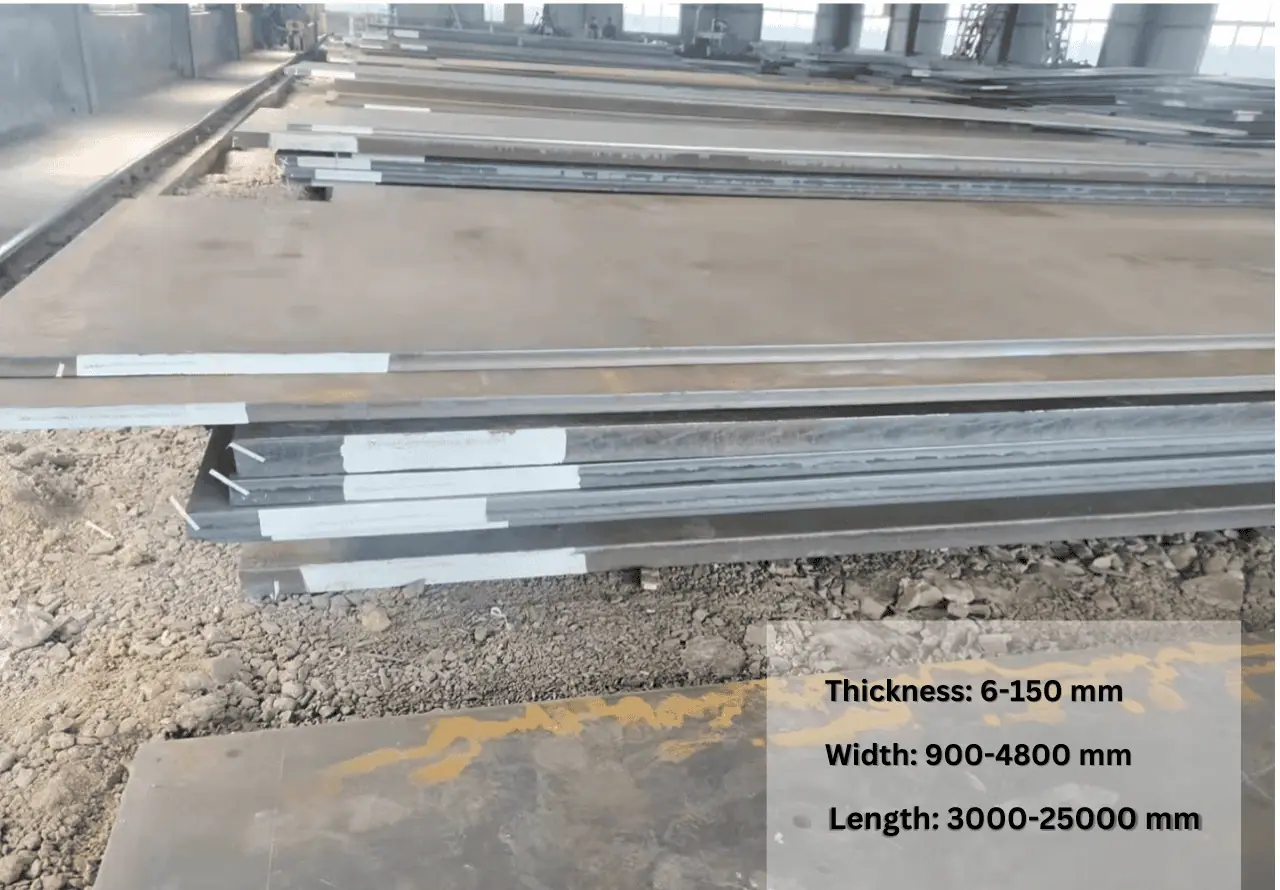
-
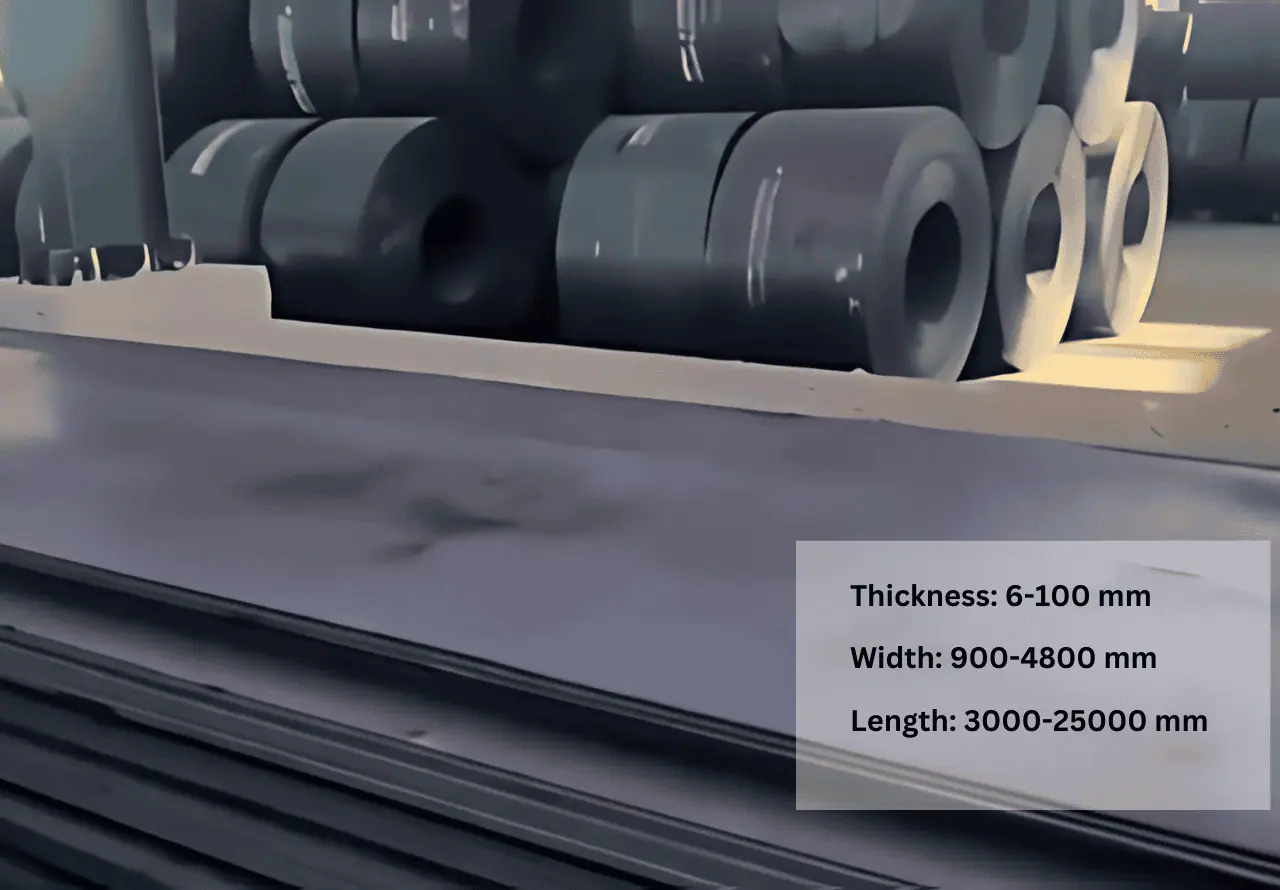
SteelPRO Group offers FH550 high-strength structural steel plates for shipbuilding....
-
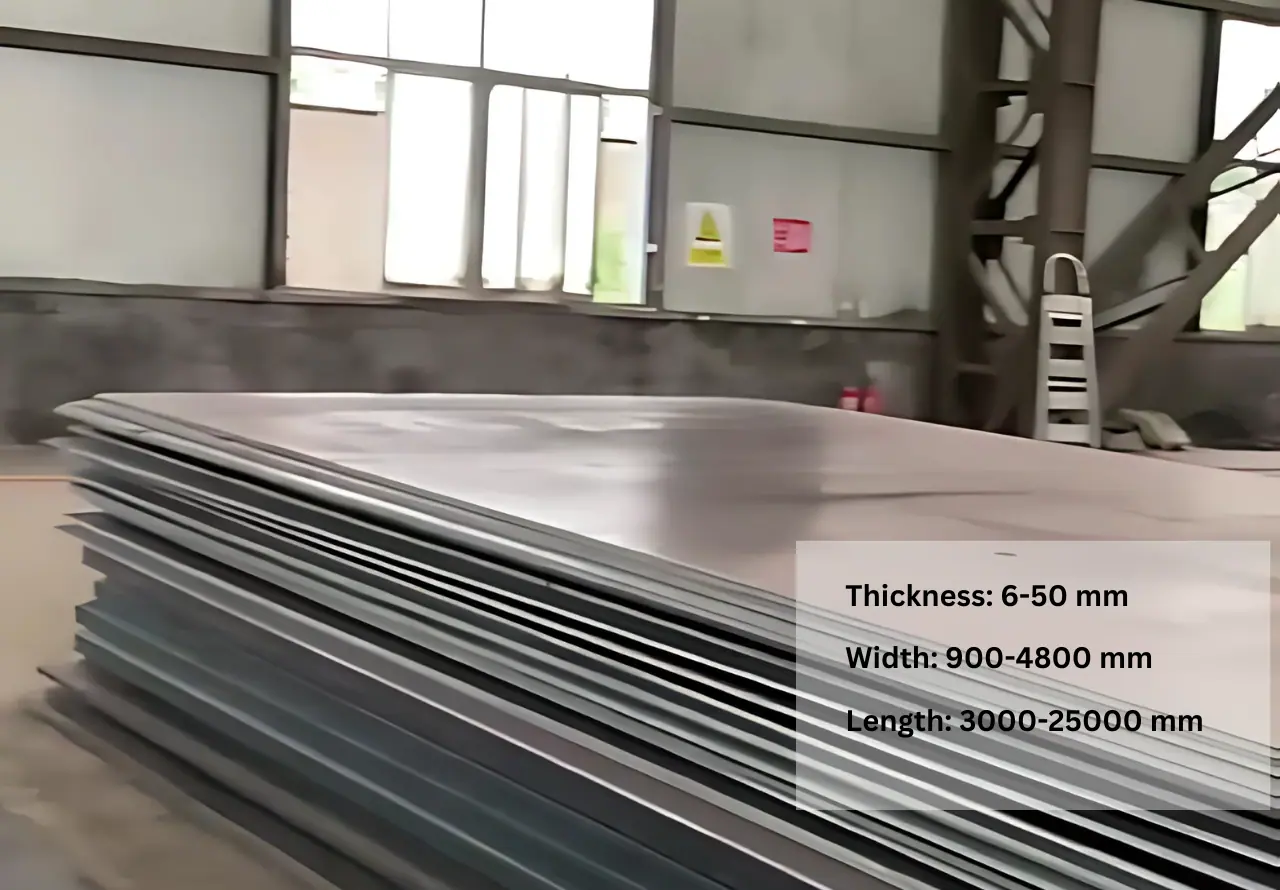
SteelPRO Group offers DH550 high-strength shipbuilding steel plates in stock....
-
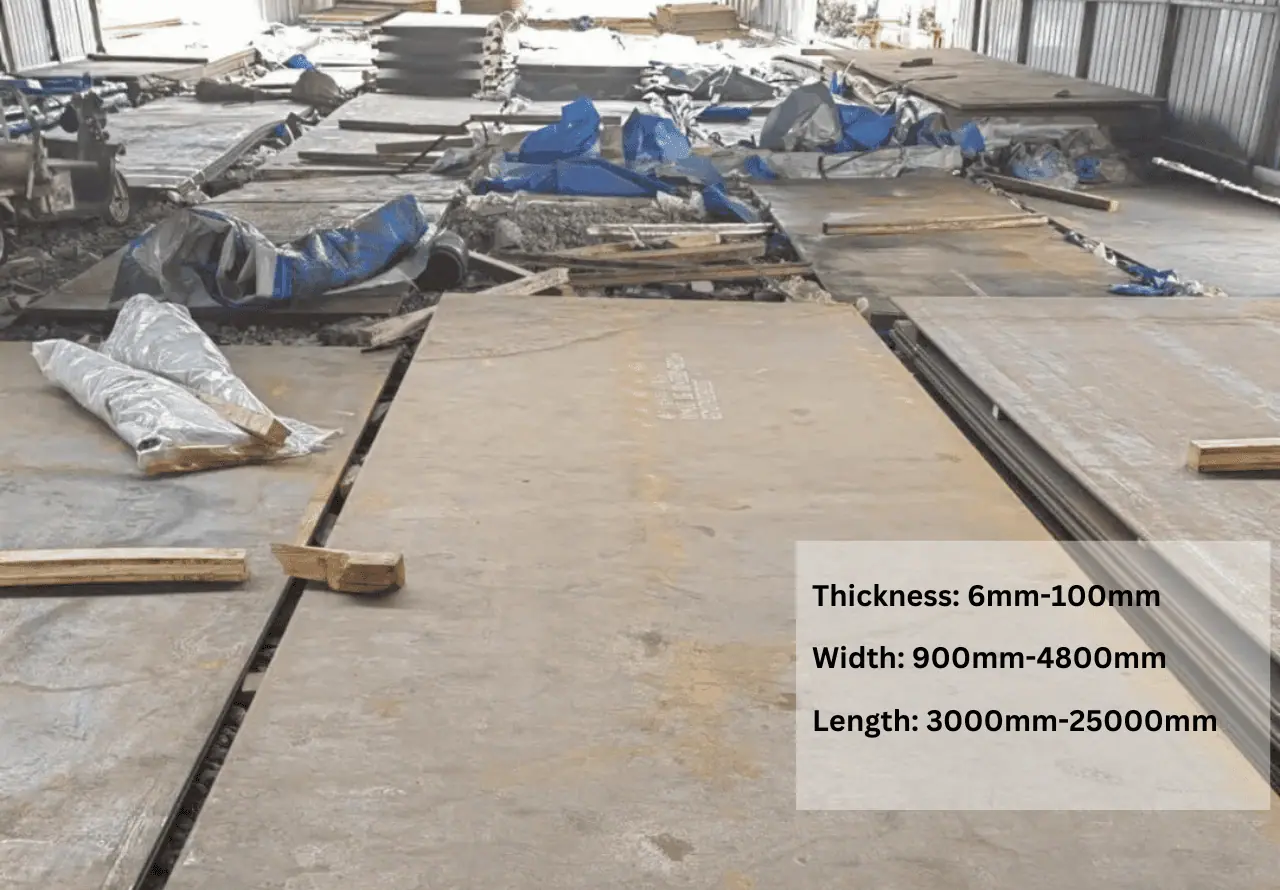
SteelPro Group offers FH36 high-strength steel for shipbuilding. It has...


